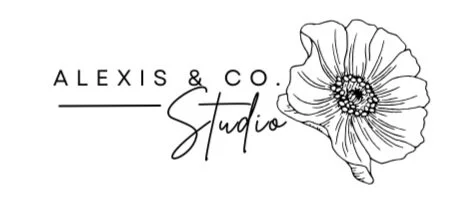Art & Resiliency: Transmuting Pain Through Creativity
Resilience is not the absence of pain—it is the capacity to carry it, to make meaning from it, and to emerge transformed. In the therapeutic space, art becomes more than expression; it becomes transmutation. Through brushstrokes, texture, movement, and mark-making, individuals can engage with their experiences in a way that words often fail to hold. Art invites us to show up exactly as we are—fragmented or whole, numb or overwhelmed—and meets us without demand, expectation, or pressure to explain.
Resilience, as defined in trauma-informed literature, is the ability to adapt and recover in the face of adversity (Masten, 2014). It is not a trait possessed by only the fortunate but a process, one that can be cultivated through supportive relationships, safe environments, and practices that allow regulation and expression. Art therapy offers all three. The creative process activates neural pathways associated with safety and self-regulation, particularly through sensory-rich media such as clay, paint, and collage (Malchiodi, 2020). These tactile experiences engage the body and mind in parallel, allowing for both expression and soothing—crucial components in the restoration of a dysregulated nervous system.
In the presence of trauma, the brain often loses access to narrative memory and verbal processing (van der Kolk, 2014). Yet, image, sensation, and metaphor remain accessible. Art becomes a language of survival, providing form to what was unspeakable and integrating what was fragmented. Research has shown that expressive art interventions can significantly reduce symptoms of anxiety, depression, and PTSD, while enhancing emotional resilience and psychological flexibility (Haeyen et al., 2018; Slayton et al., 2010). What is remarkable is not simply the reduction of symptoms but the increase in agency—clients often describe a sense of control, curiosity, and even hope through the artmaking process.
Within the art therapy space, clients are given permission to experiment, to fail safely, and to reimagine their own stories. This creative freedom fosters adaptive coping strategies and a strengthened sense of self (Moon, 2007). For children and teens, this process can look like transforming chaotic scribbles into organized shapes, building bridges with blocks or clay, or constructing safe spaces within collage worlds. For adults, it may be the simple act of returning to one’s body through color, texture, and rhythm—a reawakening of a voice that was long silenced.
What makes art therapy uniquely powerful in fostering resilience is its attunement to the nervous system, its openness to symbolic communication, and its honoring of each individual’s process. As trauma specialist Cathy Malchiodi writes, “The art itself becomes a regulating force, a transitional object, and at times, a visual companion in the healing journey” (Malchiodi, 2020). In this way, the art is not just a product; it is a witness, a mirror, and a catalyst for change.
We live in a world that often demands linear progress and coherent explanations, yet healing—especially from trauma—is rarely tidy. Art offers a nonlinear, compassionate alternative. It allows pain to be externalized, transformed, and sometimes even made beautiful. In doing so, it nurtures the quiet flame of resilience—the steady, creative force within us all.
References
Haeyen, S., van Hooren, S., van der Veld, W., & Hutschemaekers, G. (2018). Measuring the contribution of art therapy in multidisciplinary treatment of personality disorders: The construction of the art therapy change process scale. Frontiers in Psychology, 9, 1595. https://doi.org/10.3389/fpsyg.2018.01595
Malchiodi, C. A. (2020). Trauma and expressive arts therapy: Brain, body, and imagination in the healing process. Guilford Press.
Masten, A. S. (2014). Ordinary magic: Resilience in development. Guilford Publications.
Moon, B. L. (2007). The role of metaphor in art therapy: Theory, method, and experience. Charles C Thomas Publisher.
Slayton, S. C., D’Archer, J., & Kaplan, F. (2010). Outcome studies on the efficacy of art therapy: A review of findings. Art Therapy, 27(3), 108–118. https://doi.org/10.1080/07421656.2010.10129660
van der Kolk, B. A. (2014). The body keeps the score: Brain, mind, and body in the healing of trauma. Viking.
